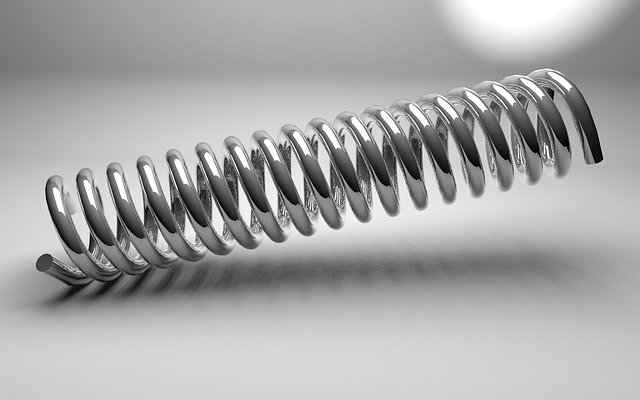Ensuring Spring Reliability, Part One
Understanding Spring Fatigue
In many applications, springs are in continuous motion over extended amounts of time. In these situations, it is important to frequently check springs for an issue known as “spring fatigue” before spring failure occurs.

Spring fatigue is a common problem when springs are subjected to repeated stress and loads, also referred to as cyclic loading. Eventually this stress compromises the spring’s structural components. By nature of their repetitive function and operation, springs used in manufacturing processes can be particularly
vulnerable to spring fatigue.
When your process depends of spring performance, spring failure can lead to expensive repairs and costly downtime. Understanding spring fatigue and fatigue related issues can help you to avoid a spring failure disaster.
What Leads to Spring Fatigue?
When a metal spring is used, the metal deflects as a load is applied to the spring. As long as the deflection occurs within the spring’s range of elasticity, the spring will return to its original position. However, when the deflection exceeds the range of elasticity, due to a load that is too heavy, material stress and spring fatigue can occur. Spring fatigue compromise appears in the form of small cracks in the spring. In the manufacturing process, spring manufacturers observe the moment material cracks occur in a spring, and use that information to calculate its maximum load.
In our next post, we will look at ways to improve spring endurance.
 LinkedIn
LinkedIn